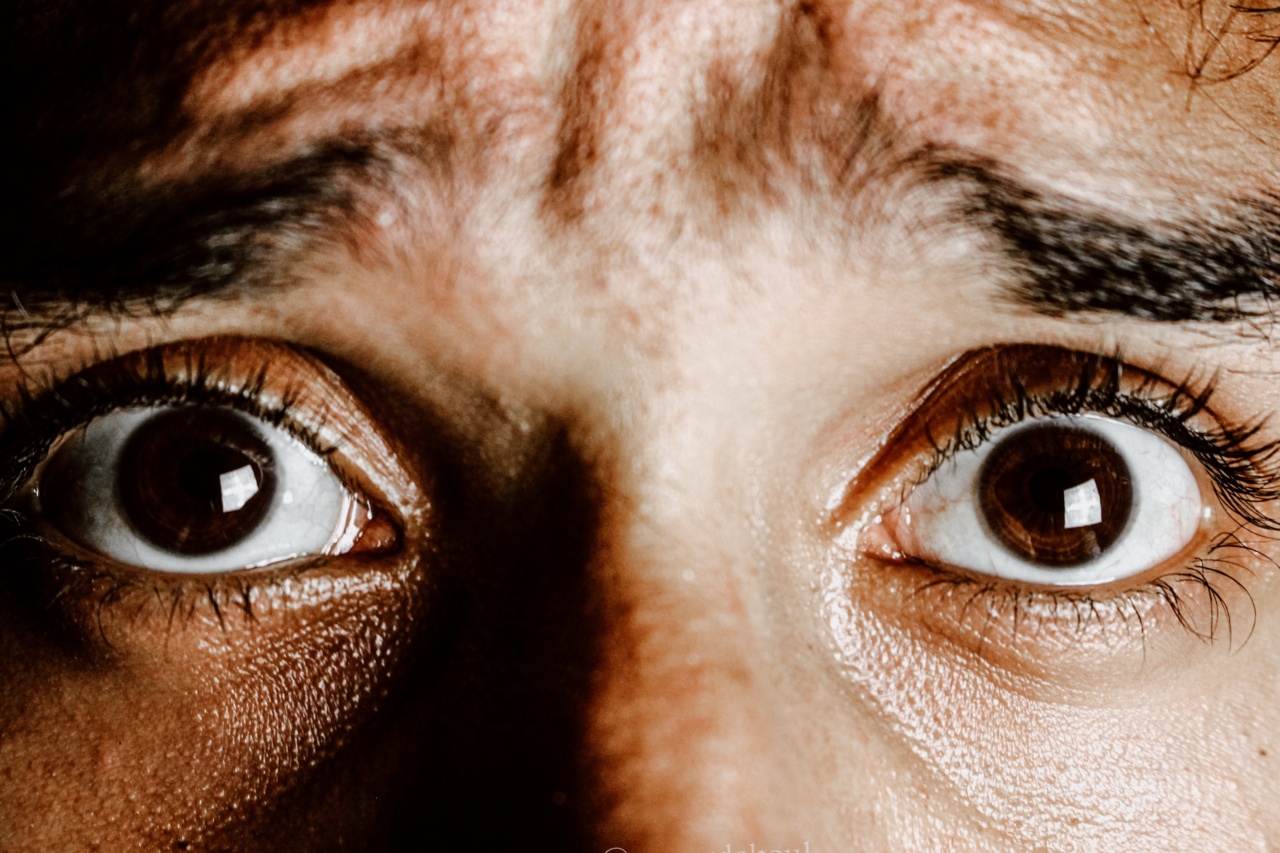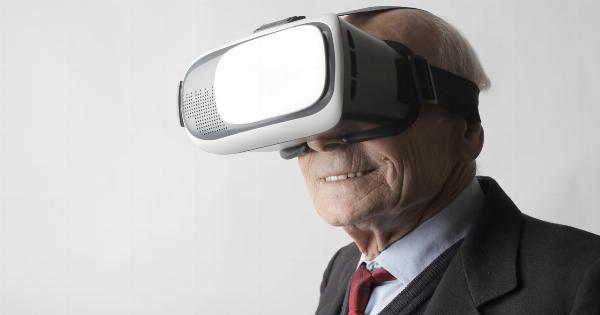Panic attacks can be an overwhelming and terrifying experience for those who suffer from them. These sudden episodes of intense fear and anxiety can leave individuals feeling out of control and desperate for relief.
Understanding the causes and symptoms of panic attacks is crucial in order to seek appropriate help and support. In this article, we will explore the various factors that contribute to panic attacks and delve into the common signs and symptoms that accompany these distressing episodes.
What Are Panic Attacks?
A panic attack is a sudden and unexpected surge of intense fear or discomfort that peaks within minutes. During a panic attack, individuals may experience a variety of distressing physical and psychological symptoms that can be debilitating.
The symptoms often mimic those of a heart attack, making the experience all the more terrifying.
Common Symptoms of Panic Attacks
Panic attacks can manifest in various ways, and the symptoms may vary from person to person. However, some common signs and symptoms associated with panic attacks include:.
- Rapid heartbeat or palpitations
- Shortness of breath or feeling smothered
- Chest pain or discomfort
- Dizziness or lightheadedness
- Trembling or shaking
- Sweating
- Feeling of choking or a lump in the throat
- Nausea or stomach distress
- Hot flashes or chills
- Numbness or tingling sensations
Alongside these physical symptoms, individuals may also experience a range of psychological symptoms during a panic attack. These can include:.
- Intense fear of losing control
- Feeling detached from reality
- Fear of dying
- Feeling of impending doom
- Sense of unreality or detachment
- Extreme restlessness or agitation
The Role of Anxiety Disorders
Panic attacks are often associated with anxiety disorders, such as panic disorder, generalized anxiety disorder (GAD), and social anxiety disorder.
These disorders can increase the likelihood of experiencing panic attacks and can further exacerbate the symptoms. Understanding the underlying anxiety disorder is crucial in addressing panic attacks effectively.
Biological Factors
There is evidence to suggest that panic attacks may be influenced by biological factors. Certain brain abnormalities, such as an overactive amygdala (the part of the brain involved in emotional responses), have been linked to panic disorders.
Additionally, an imbalance of chemicals in the brain, such as serotonin and norepinephrine, may also play a role in triggering panic attacks.
Genetic Predisposition
Studies have shown that panic attacks can run in families, indicating a genetic component.
If a close family member, such as a parent or sibling, has experienced panic attacks or anxiety disorders, the likelihood of an individual experiencing panic attacks increases. However, while genetics may play a role, it is not the sole determining factor, and environmental and psychological factors also contribute to the risk.
Environmental Factors
Environmental factors can contribute to the development of panic attacks. Traumatic events, such as abuse, accidents, or witnessing violence, can trigger panic attacks in susceptible individuals.
Additionally, high levels of stress, major life changes, and ongoing chronic stressors can also contribute to the onset of panic attacks.
Psychological Factors
Psychological factors, such as certain personality traits or underlying mental health conditions, can increase the vulnerability to panic attacks.
Individuals with a tendency to be highly anxious, perfectionistic, or overly self-critical may be more prone to experiencing panic attacks. Additionally, individuals with other mental health conditions, such as depression or post-traumatic stress disorder (PTSD), may also be at a higher risk.
Coping Strategies and Treatment Options
While panic attacks can be distressing, there are various coping strategies and treatment options available to help individuals manage and overcome them. These include:.
- Cognitive-Behavioral Therapy (CBT): CBT is a widely-used therapeutic approach that can help individuals identify and challenge negative thought patterns and behaviors that contribute to panic attacks.
- Medication: In some cases, medication may be prescribed to help alleviate the symptoms of panic attacks. Antidepressants and anti-anxiety medications are commonly used in the treatment of panic disorders.
- Breathing Techniques: Deep breathing exercises and other relaxation techniques can help individuals manage the physical symptoms of panic attacks and induce a sense of calm.
- Lifestyle Modifications: Incorporating regular exercise, practicing stress-management techniques, and maintaining a healthy lifestyle can significantly reduce the frequency and severity of panic attacks.
- Social Support: Seeking support from friends, family, or support groups can provide individuals with the understanding and encouragement they need to cope with panic attacks.
Conclusion
Panic attacks can be debilitating and overwhelming, but they are manageable with the right support and treatment. Understanding the causes and symptoms of panic attacks is crucial in order to seek appropriate help and support.
Whether through therapy, medication, or lifestyle modifications, it is possible to regain control and live a fulfilling life free from the grips of panic attacks.




























